On 27 April 2021, Spanish journalists David Beriain and Roberto Fraile, along with Irish conservationist Rory Young, were killed in Burkina Faso while working on a documentary on poaching. The attack on their convoy was perpetrated by a group linked to Al-Qaeda. Contrary to the romantic image of the old trappers in the spirit of Daniel Boone or Kit Carson, modern poaching is a clandestine organised business that is run from behind desks, but on the ground it is often carried out by gangs linked to terrorism or criminal banditry, at a cost of thousands of human lives.
The illegal wildlife trade is now the world’s fourth most lucrative global criminal enterprise, worth between $70 billion and $213 billion a year according to the UN Environment Programme. In fact, some of the items traded on this black market are worth more than their weight in gold. Here we review the top 10 on the depressing price list for poached species, according to data from a study by Colby College in the USA and Simon Fraser University in Canada. These are the most sought-after species in this scourge that undermines both the conservation of nature and the stability and security of the regions that suffer from it.
White rhinoceros: $368,000
The white rhinoceros holds the sad honour of being the most prized animal on the black market. According to the study, it is also one of the species whose traded parts are worth more than gold, with a kilo of horn fetching $100,000, compared to $39,000 for the precious metal. Traditional Asian medicine fuels the demand for this product with supposed uses— without scientific basis—as a tonic against various diseases and as a hangover cure, but also as a status symbol. Poaching is now the main threat to the survival of the white rhino, which nevertheless represents a relative success in the history of conservation, with an estimated 50-100 individuals remaining in the early 1900s. Today it is the most abundant rhino species, with some 18,000 individuals, although one of its two subspecies—the northern white rhino—is virtually extinct.

Tiger: $350,193
A tiger fetches slightly less than a white rhino in the illegal trade of species. And yet, the star product of the illegal slaughter of these beautiful animals, the penis, is the most valuable in the illicit trade: $473,506 per kilo, 12 times more expensive than gold. As in the case of rhino horn, traditional Asian medicine has also been the classic market for tiger penis for its fictitious ability to increase sexual potency, but in practice it is often consumed as a culinary delicacy in the form of soup, fetching up to $400 a bowl. Other parts of these animals are also used for a variety of purposes—bones are highly prized at $27,102 per kilo—and it is estimated that 3,900 of these creatures survive in the wild.

Whale shark: $341,139
When it comes to poaching, we usually think of terrestrial species. Yet the third most prized item in the illegal trade is the largest of the live fish, the whale shark. This majestic animal, up to 20 metres long, is illegally hunted for its fins, skin and oil; in 2014 an investigation by Hong Kong-based NGO WildLifeRisk uncovered an illegal factory in southeast China that processed more than 600 whale sharks a year to produce fins for soup and oil for cosmetics and health supplements. The whale shark is an endangered species, although its current population is unknown.
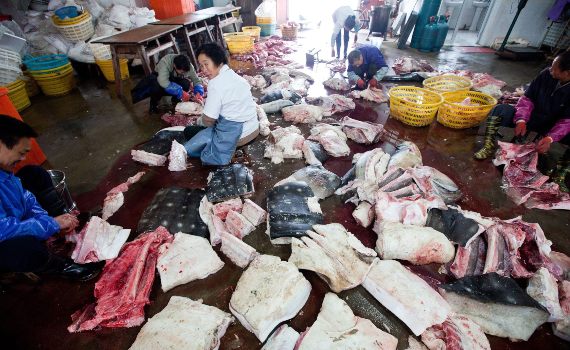
Black rhinoceros: $288,000
More restless and aggressive than its white relative, the black rhino is also less abundant today, with just over 5,000 estimated to be alive in the wild. Rhinos were decimated by hunting in colonial times, but in 1970 there were still about 70,000 of the species, which poaching drastically reduced to some 2,410 in 1995. The black rhino is smaller than the white rhino and so are its horns, which is why the black rhino fetches a somewhat lower price on the black market.

Basking shark: $131,348
At 12 metres long, the second largest shark in existence is also a sought-after prey in the illegal trade. Although it is now protected worldwide as an endangered species whose current population is unknown, the basking shark is easy prey because of its tame behaviour and its habit of frequenting shallow waters. Although both basking sharks and whale sharks are relatively rare in the meat and fin trade, DNA techniques have allowed researchers and authorities to identify their covert presence in food products sold to the public through legal channels in Asian countries.
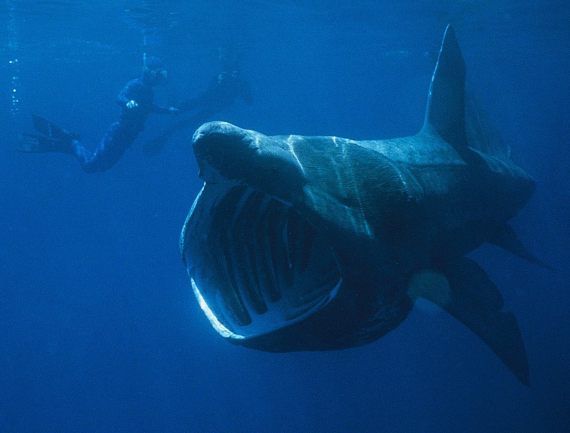
Great white shark: $91,729
The shark that the movies have turned into the terror of bathers everywhere is, in fact, the main culprit in fatal attacks on humans. But these occurrences are so rare that we are a far greater threat to them; recent censuses have detected an alarming decline in white shark numbers below the limit of a genetically viable population, in waters like those of South Africa that are crucial to their conservation.
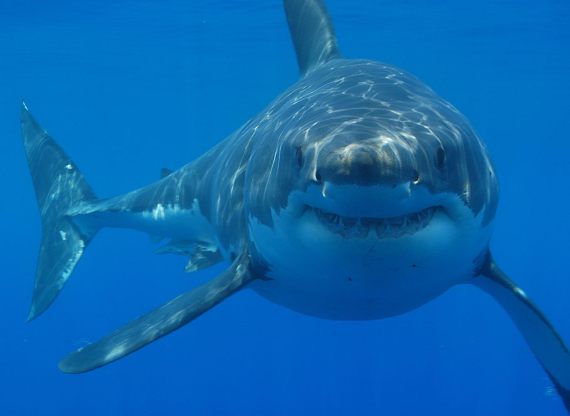
Indian rhinoceros: $72,200
As with other rhino species, conservation efforts have also succeeded in rescuing the Indian rhino from a low of 200 in 1900 to nearly 3,600 today. However, poaching is a constant threat in India’s Kaziranga National Park, which is home to two-thirds of the population of the one-horned armoured animals. Although the fight against poaching is intense, researchers report that fines amount to only 2% of the potential value of the specimens on the illegal market.

Javan rhinoceros: $67,600
Only 74 specimens now survive of what was once the most widespread species of Asian rhino, and which human hunting has led to its current critically endangered status; the last animal on the Asian continent was shot by poachers in 2010 in Vietnam. The current population is confined to Ujung Kulon National Park on the island of Java, Indonesia. Intense conservation efforts are aimed at reviving the survival of this species, the rarest of the world’s large mammals.

African Elephant: $53,768
International trade in ivory was banned in 1989, but this so-called “white gold”, whose main source is elephant tusks and which is sold as a decorative luxury item, continues to be a major driver of poaching, with a black market price of about $2,840 per kilo. In Africa alone, more than 30,000 elephants are killed each year. But while ivory may represent the best-known face of the illegal trade to the general public, it is not the only elephant product being profited from: an investigation by the anti-trafficking network Traffic found that in the markets of Asia, it is common to find almost every part of an elephant for sale, including teeth, hair, bones, tails, trunks and even skin, which is sold as a traditional remedy and served in restaurants.
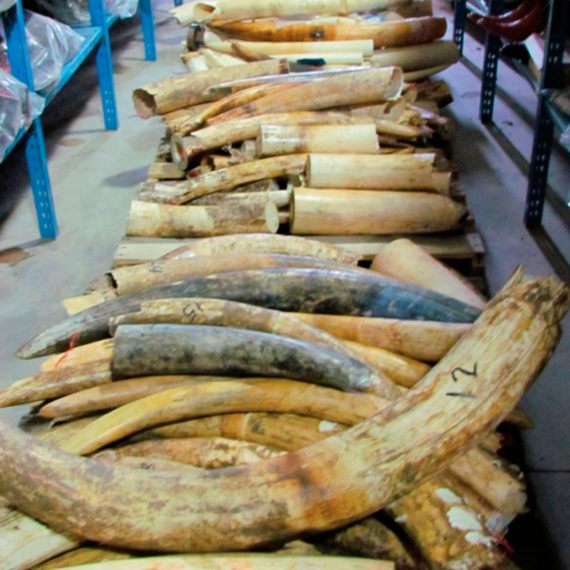
Polar bear: $31,340
Nor are the planet’s coldest and most extreme latitudes spared from wildlife trafficking: the polar bear rounds off the list of the 10 most highly-prized species. These animals are coveted for their fur, although their meat is also consumed. In fact, hunting is legal, and climate change is often seen as a bigger threat to the species. However, voices such as Norwegian conservationist Ole Liodden warn that this hunting is not sustainable. According to Liodden, an average of 991 bears were shot annually between 1963 and 2016, for a total of 53,000 bears. Today, around 25,000 bears survive.
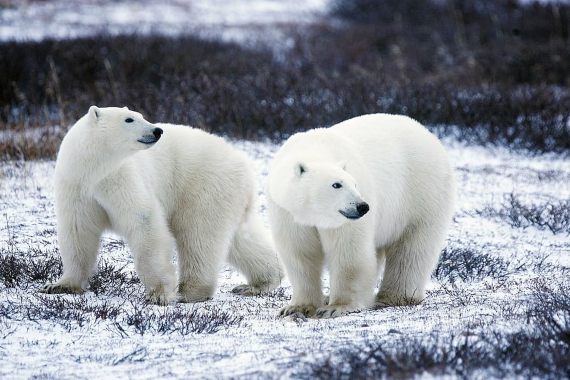
Comments on this publication